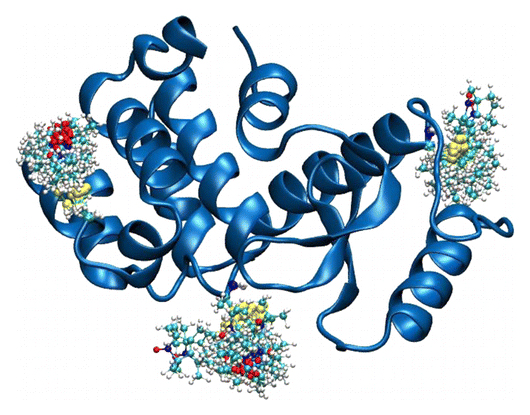Restrained-Ensemble Molecular Dynamics Simulations Based on Distance Histograms from Double Electron-Electron Resonance Spectroscopy
By Shahidul Islam and Benoı̂t Roux.
Published in Journal of Physical Chemistry B March 19, 2013;117(17):4733-9. PMID: 23510121. PMCID:3683991. Link to Pubmed page.
Core Facility: Computational Modeling

Abstract
DEER (double electron–electron resonance) spectroscopy is a powerful pulsed ESR (electron spin resonance) technique allowing the determination of spin–spin distance histograms between site-directed nitroxide label sites on a protein in their native environment. However, incorporating ESR/DEER data in structural refinement is challenging because the information from the large number of distance histograms is complex and highly coupled. Here, a novel restrained-ensemble molecular dynamics simulation method is developed to incorporate the information from multiple ESR/DEER distance histograms simultaneously. Illustrative tests on three coupled spin-labels inserted in T4 lysozyme show that the method efficiently imposes the experimental distance distribution in this system. Different rotameric states of the χ1 and χ2 dihedrals in the spin-labels are also explored by restrained ensemble simulations. Using this method, it is hoped that experimental restraints from ESR/DEER experiments can be used to refine structural properties of biological systems.


